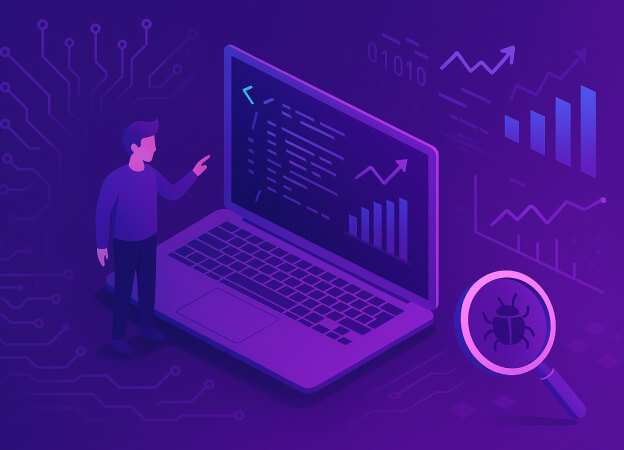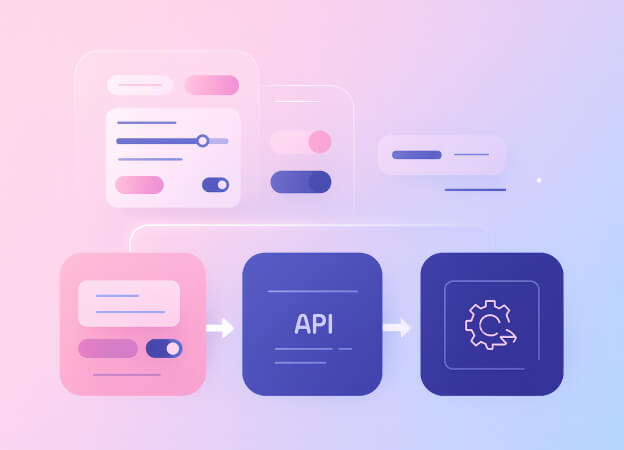Benefits, Challenges, and Considerations
Keeping up with Sitecore’s latest innovations can feel overwhelming. One of their newest offerings, Sitecore XM Cloud, is built to simplify that complexity. It's a cloud-native, headless CMS designed to help you deliver personalized digital experiences without the headache of managing infrastructure.
This post breaks down the real benefits, common challenges, and key questions you should ask before making the move.
By the end, you'll have a clearer picture of whether Sitecore XM Cloud is the right fit for your organization.
Why Consider Sitecore XM Cloud?
So, why should you even consider Sitecore XM Cloud? If you’re still running an older, on-premises version like Sitecore XP, you know how much time and effort it takes to manage servers, apply patches, and keep everything running smoothly.
With XM Cloud, that heavy lifting is off your plate. Here’s what makes it stand out:
- Cloud-native scalability: Handle traffic spikes without stressing over infrastructure.
- SaaS convenience: Forget manual updates—Sitecore handles it for you.
- Composability & flexibility: Easily integrate with the tools you already use (or want to try).
Is Your Organization Ready to Migrate to Sitecore XM Cloud?
Not every business needs to jump to the cloud right away. But if you check any of these boxes, it might be time to explore a Sitecore XM Cloud migration:
You're still using older Sitecore XP/XM on-premises or PaaS versions
If your team is spending more time managing servers and patching software than creating great customer experiences, XM Cloud can change that. Shifting to a SaaS model eliminates manual updates and maintenance, so your team can focus on delivering value, not maintaining infrastructure.
High maintenance costs and performance bottlenecks are holding you back
On-premises environments often come with high hosting fees and unpredictable performance. XM Cloud’s elastic architecture scales automatically with demand, reducing infrastructure costs and improving reliability.
You’re moving toward a composable DXP or headless architecture
If you’re modernizing your stack to embrace best-of-breed tools or frameworks like Next.js, XM Cloud’s headless foundation provides the flexibility and future-proofing you need.
You want to accelerate innovation and reduce time-to-market
XM Cloud delivers continuous updates and enhancements without the need for complex upgrade projects. This helps your teams move faster and stay ahead of evolving market demands.
Discover how [A] can help with
your Sitecore migration
If you see yourself in any of these scenarios, Sitecore XM Cloud can be a powerful enabler of your digital transformation.
Key Questions to Ask Before Migrating to Sitecore XM Cloud
Before making the switch to Sitecore XM Cloud, it’s worth taking a step back to assess whether it aligns with your goals, current architecture, and team readiness. Here are some key questions to help guide your decision:
Do you depend on Sitecore XP-exclusive features like xDB or advanced personalization?XM Cloud focuses on streamlined content management and headless delivery. It does not include some of the advanced features found in Sitecore XP, such as the Experience Database (xDB) or built-in advanced personalization. If these are core to your current strategy, you may need to explore complementary solutions or integrations.
Are your existing customizations ready for the cloud?Legacy custom workflows, analytics, or marketing automation modules may require adjustments to work smoothly in XM Cloud’s SaaS environment. Conducting a thorough compatibility review early in your planning can help avoid surprises later.
Is your team prepared to adopt a headless, API-first model?XM Cloud is built for headless content delivery, enabling flexibility and scalability across channels. But if your current architecture relies on tightly coupled content and presentation layers, you’ll want to plan for that shift, both technically and operationally.
Does this migration support your long-term digital strategy?Migrating to XM Cloud is not just a technical upgrade, it’s a strategic move. Make sure this transition supports your broader business goals, whether that’s scaling globally, enabling greater agility, or modernizing your digital experience stack.
Answering these questions early will give you a clearer picture of whether XM Cloud is the right fit and how to approach your migration strategy.
Challenges to Plan for When Migrating to Sitecore XM Cloud
While XM Cloud offers substantial benefits, migrating to any new platform comes with challenges worth planning for:
- Data Migration: Moving large volumes of content and user data to the cloud requires careful preparation to maintain data integrity and minimize downtime. A detailed migration plan and thorough testing are key.
- Compatibility with Existing Customizations: Custom code, third-party integrations, and legacy modules may not be fully compatible with XM Cloud’s SaaS environment. Identifying potential gaps early will help you prioritize refactoring or replacements.
- Adapting to New Workflows and Processes: Migrating to XM Cloud often introduces new ways of working, especially with a headless, API-first architecture. Effective change management, team training, and leadership alignment can ease the transition.
- User Adoption: Even if core workflows remain similar, users will need guidance to take full advantage of XM Cloud’s capabilities. Investing in onboarding and training can accelerate adoption and drive value.
- Cost Planning: While XM Cloud typically reduces operating costs over time, the upfront migration effort may incur significant one-time expenses. A phased migration approach and clear ROI analysis can help manage budget impact.
Business Impact: How Migrating to XM Cloud Drives Better Outcomes
Beyond addressing technical limitations, migrating to Sitecore XM Cloud can deliver measurable business benefits that support growth, agility, and competitiveness:
- Faster Innovation Cycles: With continuous updates and cloud-native delivery, teams can adopt new features faster, accelerating the pace of innovation and reducing time-to-market for new digital experiences.
- Reduced Total Cost of Ownership: Moving away from on-premises hardware and infrastructure cuts maintenance overhead and frees up IT resources to focus on higher-value initiatives.
- Stronger Security and Compliance Posture: With Sitecore managing patches, updates, and security operations, your organization benefits from a more resilient, up-to-date environment with reduced risk exposure.
- Alignment with Modern Development Practices: XM Cloud’s headless, API-first architecture supports modern front-end frameworks like Next.js and enables more agile, collaborative development processes across teams.
- Built-in Scalability and Future-Proofing: Cloud-native scalability ensures your digital experience platform can grow with your business, without major re-platforming efforts down the line.
Conclusion
Migrating to Sitecore XM Cloud isn’t just about moving to the cloud, it’s about setting your digital experience platform up for what’s next. You’ll gain the ability to scale on demand, integrate with modern tools, and bring new experiences to market faster, all while freeing your team from the day-to-day chore of managing infrastructure.
Of course, every organization’s path to the cloud looks a little different. Whether you’re still running an older version of Sitecore XP, exploring headless architecture for the first time, or building out a composable DXP, a thoughtful migration plan can make all the difference.
That’s where we come in. At [A], we help teams plan and execute smart, future-ready migrations to Sitecore XM Cloud, aligned with your business goals, your technology stack, and your timeline. If you’re ready to explore what’s possible, let’s start the conversation.
More information on XM Cloud can be found on the official Sitecore XM Cloud page.




